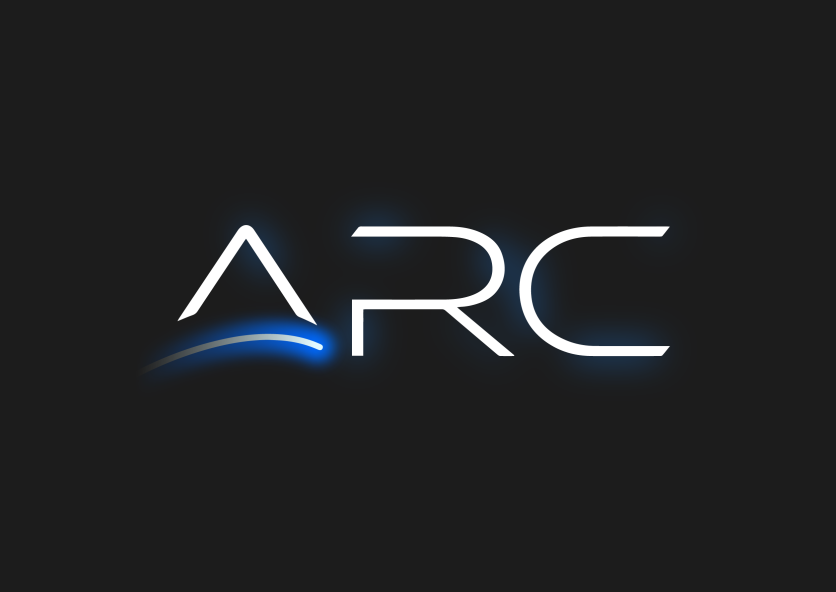
As AI has gradually become an integral part of so many businesses and practices throughout the past few years, it has necessitated increasingly obscene amounts of energy to keep the whole operation running. While AI tech is certainly revolutionary and capable of generating net-positive results, the energy consumed by AI services like Meta, ChatGPT, OpenAI, and now Google has led to questions about the ecological ramifications of the technology. That's where TJ Dunham, the CEO of ARC Solutions, comes in. Not only did Dunham have those concerns on his mind, but he made it his mission to find an answer. As such, ARC has succeeded in creating a more energy-efficient and faster form of Artificial Intelligence.
ARC started as a Web3/blockchain company, initially focusing on tracking and transacting with various cryptocurrencies. In response to evolving challenges in the blockchain space, the founders initially focused on risk detection in smart contracts (SCs). By mapping smart contracts into Abstract Syntax Trees (AST), ARC's first products could understand code structure and rapidly detect potential risks at the SC node level. To automate smart contract analysis, the ARC team developed a novel system, which also included an AI component.
By setting the AI to work on smart contracts using Abstract Syntax Development (ASD), ARC developed an ontological approach to teaching the AI to understand the human intent behind the code itself. This approach proved profoundly effective and efficient. When ARC applied this method to large language models (LLM), it significantly advanced ARC's technological capabilities and helped shape the company ARC is today.
Without a clear definition of Artificial General Intelligence (AGI), the AI industry evaluates model performance using a set of benchmarks. ARC's AI model, Reactor Mk I, has matched up with the top AI models in the world and not only demonstrated strong performance but also outperformed the leading AI models while achieving an unprecedented level of training energy efficiency. All this has been accomplished without multi-billion-dollar investments or massive data centers, placing Reactor Mk I in the same league as industry giants but with a fraction of the environmental impact.

AI has become infamous for consuming incredible amounts of electricity, particularly during training, when tens of thousands of the highest-performance graphics processors (GPUs) and AI semiconductors operate continuously for many hours. Because Reactor Mk. 1 runs on fewer than 100 billion parameters, it can be trained on less than a dozen of these GPUs and operate at peak performance without the excessive power demands of other models. While models like GPT-3 and GPT-4 required massive amounts of power for training and fine-tuning, Reactor Mk I needed only about 1 MWh. This represents a leap forward in AI development and an important leap backward for the carbon footprint of AI.
With incredibly high efficiency and remarkably low energy consumption, ARC's AI model is not just improving AI with efficiency but also forging a future in which AI can stand the test of time without taking a drastic toll on the environment. The work of TJ Dunham and the team at ARC is defining a new standard for AI sustainability that most competitors aren't even considering yet.
ⓒ 2026 TECHTIMES.com All rights reserved. Do not reproduce without permission.





